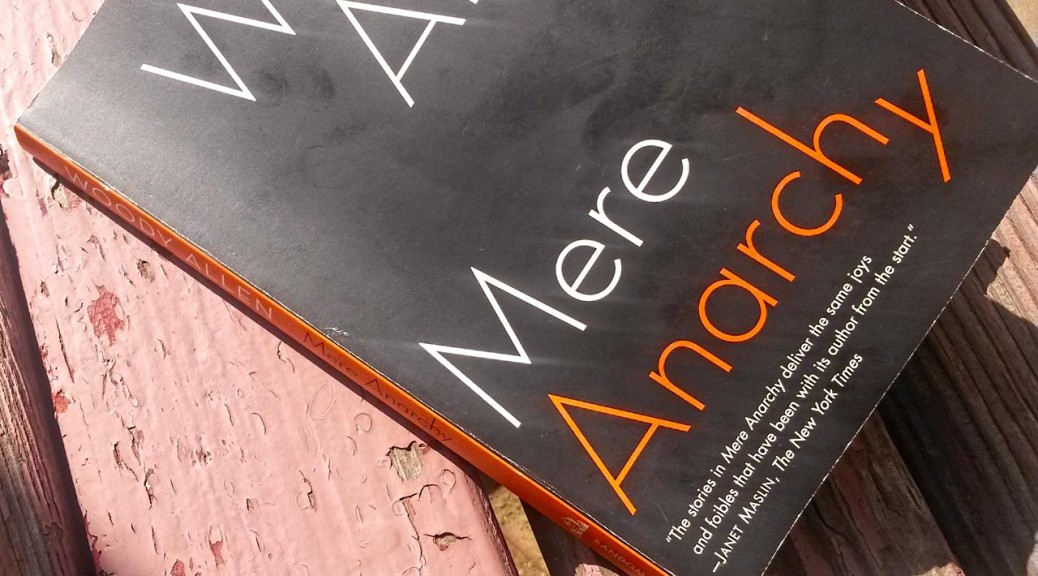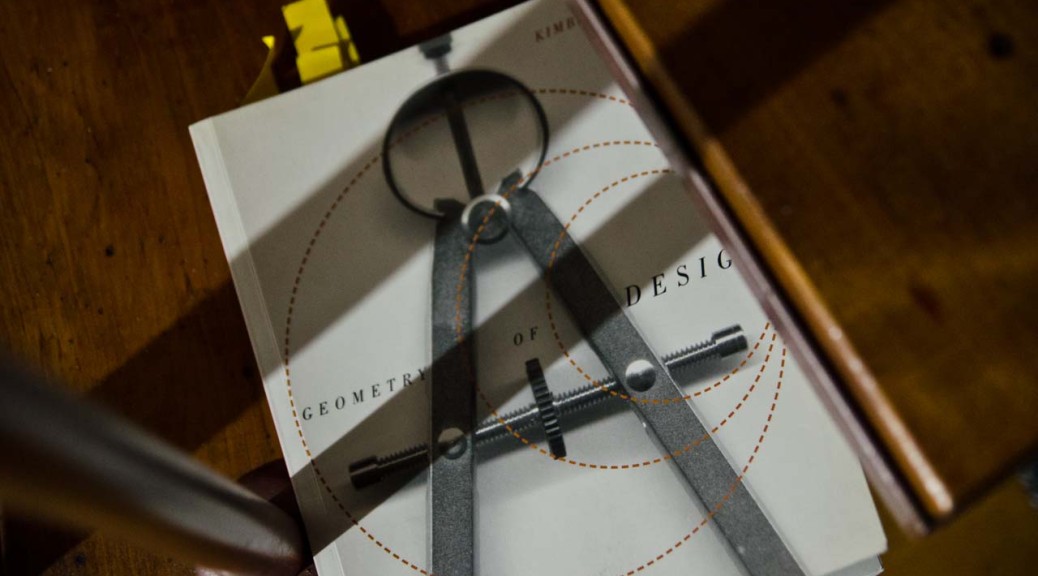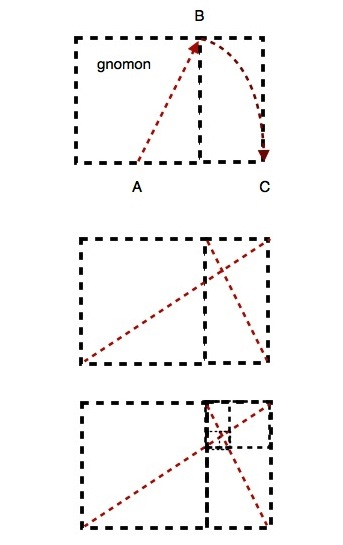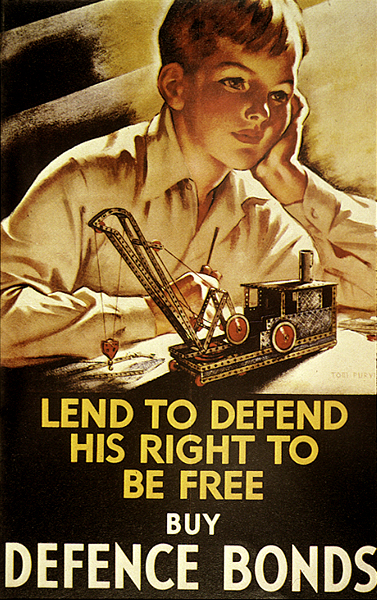Allen, Woody. Mere Anarchy. New York: Random House, 2007. Print.
To Err is Human–to Float, Divine
There is a fervid endorsement by someone named Pleiades MoonStar–a name that would cause no end of consternation for me if I were told at the last minute it belonged to my brain surgeon or pilot.” p. 5
“”What do you do for a living?” she inquired, oddly un-omniscient for a creature of her reputed majesty.
“Night watchman at a wax museum,” I replied, “but it’s not as fulfilling as it sounds.”” p. 9

Veerappan “was a notorious Indian brigand and dacoit. He was active for nearly 30 years in the scrub lands and forests in the states of Karnataka, Kerala, and Tamil Nadu.” Via Wikimedia.
Veerappan
Sam, You Made The Pants Too Fragrant
“”She’s a very handsome woman,” I quickly said.
“Well, you know, it’s all relative. I might look at the same face and see something you’d find for sale in a live-bait store.”” p. 30
To Read Demons by Dostoyevsky
This Nib for Hire
“Just give me a few sample pages to confirm my faith in your brilliance. Who knows, maybe in your hands novelization will finally come of age as an art form.” p. 40
“”Wouldn’t you rather read it yourself? That way the subtle verbal rhythms can resonate in your mind’s ear.”
“Naw, I’ll get a better feel this way. Plus I lost my reading glasses last night at Hooters. Commence,” ordered Biggs, putting his feet up on the coffee table.” p. 41
Glory Hallelujah, Sold! p. 73
“Integrity is a relative concept, best left to the penetrating minds of Jean-Paul Sartre or Hannah Arendt.” p. 77
Caution, Falling Moguls
UMLAUT Say, boys, have any of you read Gilgamesh?
(They assent enthusiastically.)
NUTMEAT The Babylonian Bible? Sure, several times, why?
UMLAUT I’m going to say one word to you: Musical. p. 86
—
SHEIGITZ Line changes? The blind violinist is now a Navy SEAL?
UMLAUT It gives more oomph. p. 87
NUTMEG What but? Arvide Mite was only waxing hyperbolic when he said you could make the phone book into a hit. Only an idiot or a megalomaniac would accepted the challenge. Especially the Yellow Pages. p. 89
Attention Geniuses: Cash Only
“One is a sophisticated bauble called “If You’ll Be My Puma in Yuma I’ll Be Your Stork in New York.” p 121
Above The Law, Below The Box Springs
“Before working for the Washburns, Tobias was a horse whisperer at a ranch in Texas, but she suffered a nervous breakdown when a horse whispered back.” p. 133
“Her undertaker husband, Wilbur, liked Stubbs and offered to bury him gratis if he would agree to have it done that day.” p. 136
Surprise Rocks Disney Trial p. 147
Sabon (typeface) by Jan Tschichold
Claude Garamond (French designer/publisher) 1510-1561
Jacques Sabon








